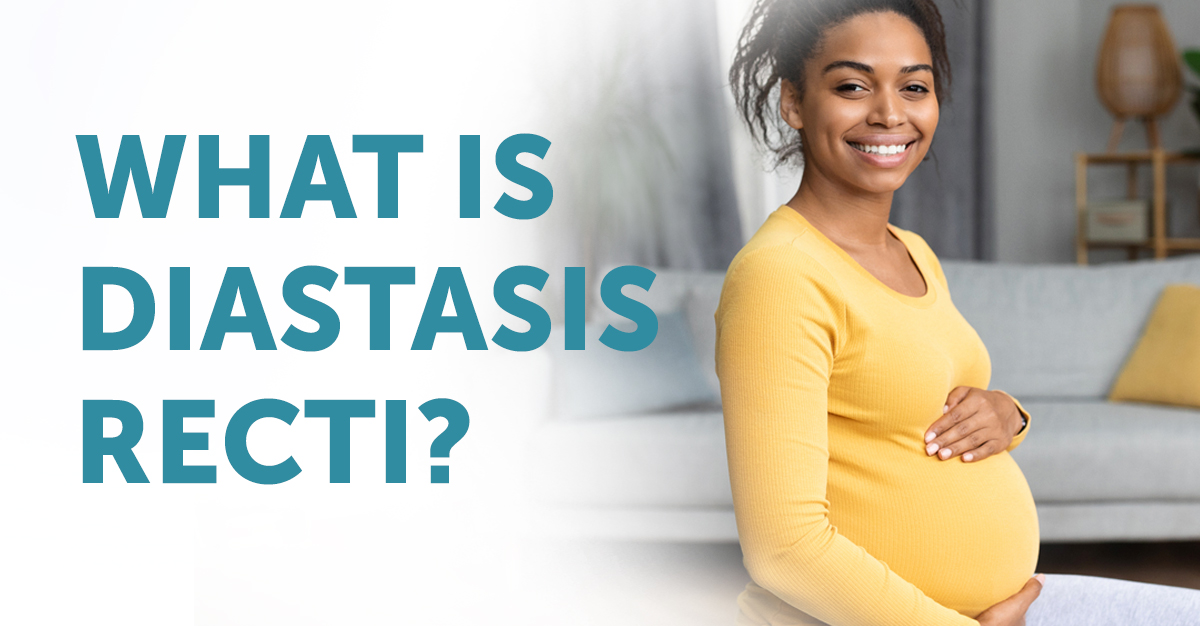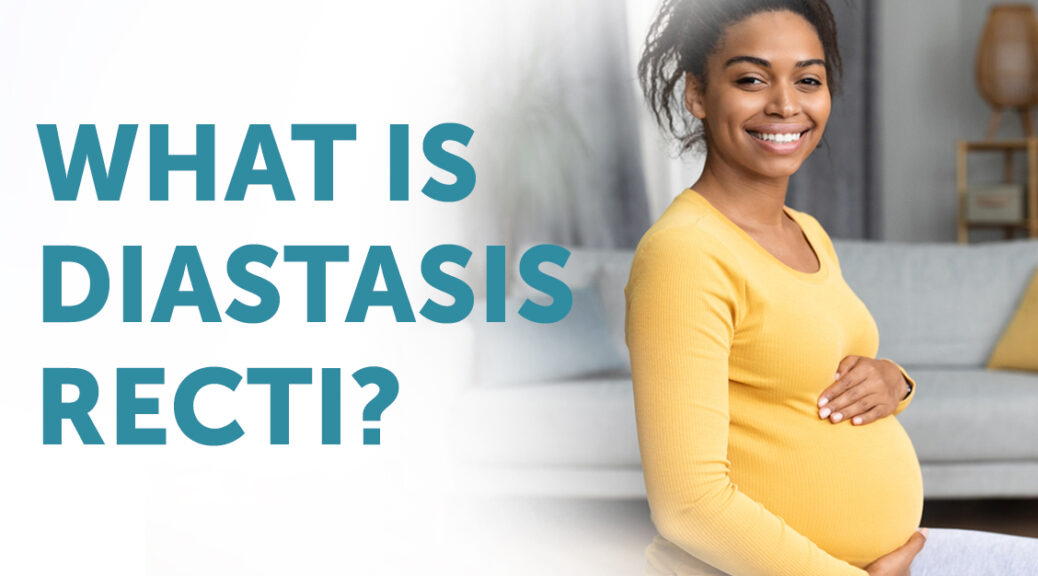
When you’re pregnant, your body goes through a LOT of changes. Some things, you’ve likely heard from your friends and family. You’ve prepared yourself as best you can and you’re ready for it. Other things may not have made it into the conversation and you’re left wondering if it’s normal. That’s where we come in. Diastasis Recti is a fancy term for Abdominal Separation. Your baby needs a place to grow and your body accommodates. Diastasis Recti affects about 60% of expecting/post-partum women and typically fixes itself within 8 weeks after delivery. For women still struggling with symptoms six months after childbirth, you’re not alone, and physical therapy can help.
What are Common Symptoms of Diastasis Recti:
A tell-tell sign of diastasis recti can be a bulge in the center of the stomach, which can be easier to see when your abdominal muscles are in use. This bulge can be worsened by activities that activate the abdominal muscles such as:
- Sneezing
- Coughing
- Lifting objects
Another common symptom of diastasis recti is lower back pain, as this is because your abdominal muscles also support your lower back and as they become separated, they won’t perform as well as they should, causing your lower back muscles to be in pain.
Physical therapy for diastasis recti may include:
- Core stabilization and postural strengthening.
- An abdominal brace to provide support and reduce pain.
- An exercise program designed to stretch overly tightened muscles.
- Education and training on how to lift and carry your baby as your abdomen recovers.
If you are unsure whether you have diastasis recti, talk to your OB-GYN or physical therapist and ask them to evaluate your core muscles. If you do have an abdominal separation, a physical therapy program can give you all the tools necessary that you will need to bring your abdominal muscles back together.

